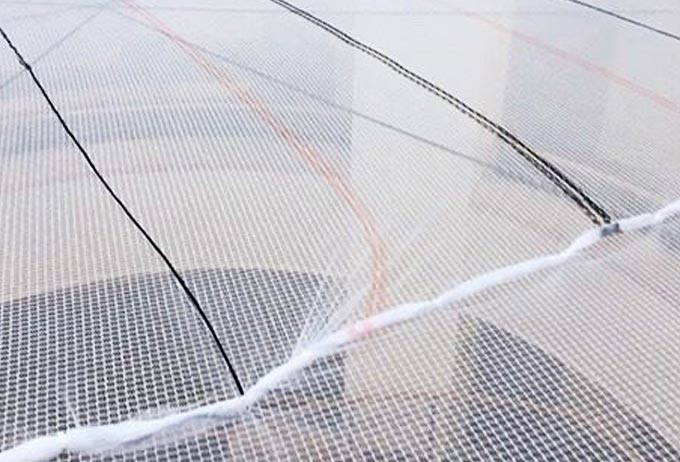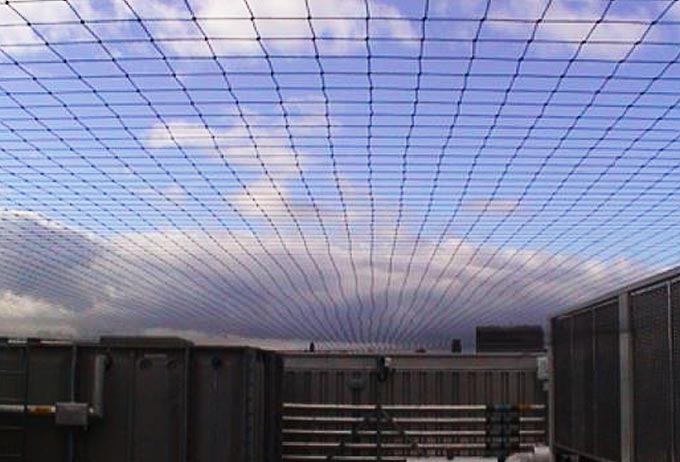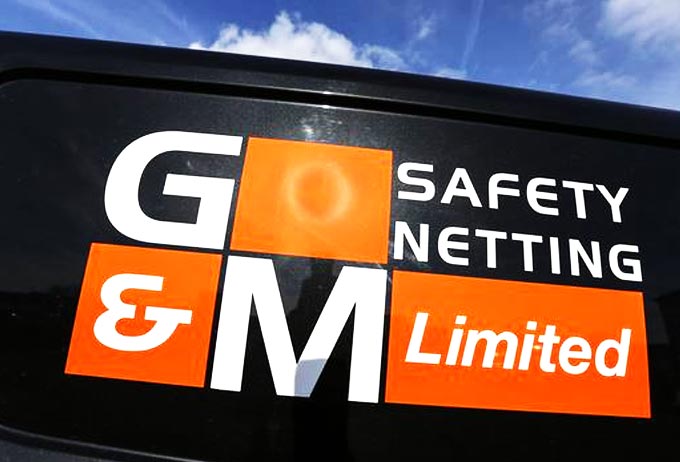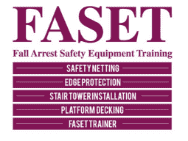All the safety nets that we supply and install are fully compliant with all the relevant European and British Standards. We conduct regular full traceable inspection and logging of all our safety net systems.
The British Standards that govern safety netting are as follows:
BS EN 1263-1:2014 Temporary works equipment. Safety nets. Safety requirements, test methods. This European Standard applies to safety nets and their accessories for use in construction and maintenance work to manufacture safety nets that arrest falls from height. It specifies safety requirements and test methods and is based on the performance characteristics of polypropylene and polyamide fibres.
BS EN 1263-2:2014 Temporary works equipment. Safety nets. Safety requirements for the positioning limits. This European Standard specifies safety requirements for the positioning of safety nets in accordance with the manufacturer’s instruction manual and with the product specifications and for the testing of system S, system T, system U and system V safety nets in accordance with EN 1263‑1.
BS 8411:2007 Code of practice for safety nets on construction sites and other works. Provides essential guidance and recommendations on the safe use, erection and effective maintenance of safety nets on construction sites and other works where there is risk of a fall. It is applicable generally to safety nets that conform to BS EN 1263-1 (Safety nets. Safety requirements. Test Methods’) and that are erected within the positioning limits given in BS EN 1263-2 (‘Safety nets. Safety requirements for positioning limits’). However, as these standards are very specific, this British Standard also gives advice on how to assess the reliability of safety nets outside these limits. This British standard is considered as the ‘Good Practice Guide’ for safety net installation in the UK.


